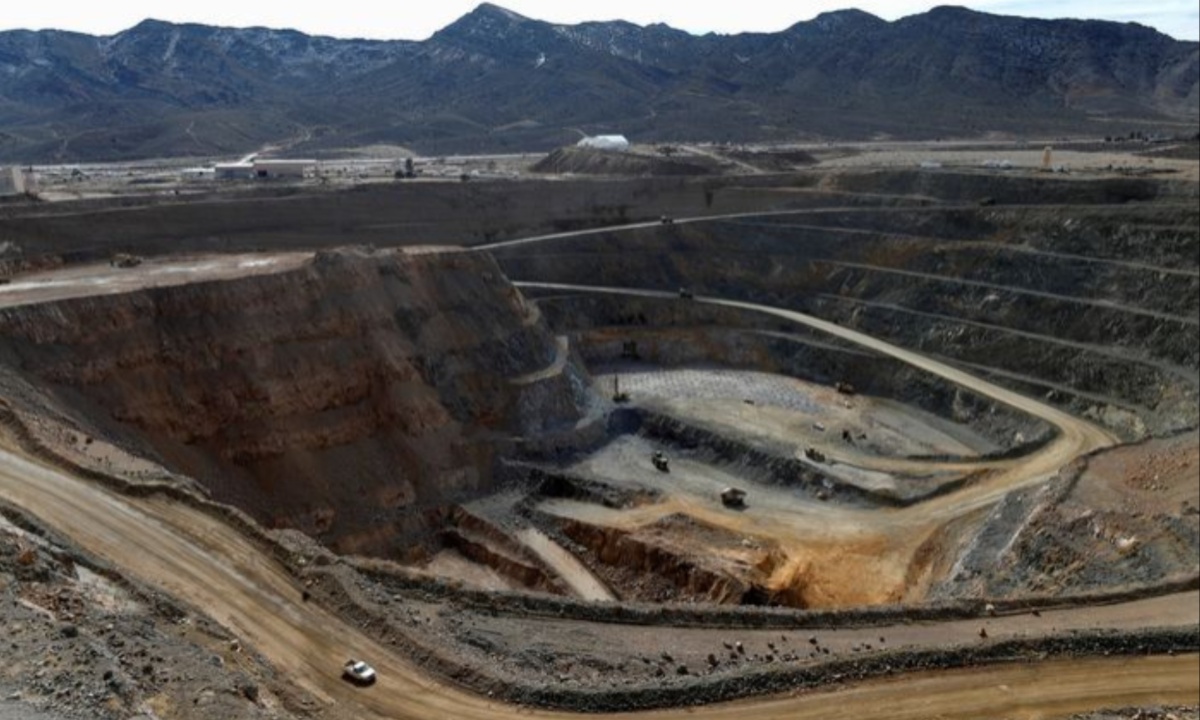China currently dominates the global critical minerals market, holding two-thirds of the world’s processing capacity for these essential materials. However, this dominance is beginning to diminish as other countries ramp up their production capabilities.
The demand for critical minerals, which are vital for new technologies like electric vehicles and renewable energy systems, is expected to surge significantly, increasing by a factor of six by 2050 due to the global shift towards greener technologies.
Critical minerals such as cobalt, graphite, lithium, and nickel are in high demand as they are crucial for the development of technologies supporting environmental sustainability. The World Bank forecasts a dramatic rise in the production of these minerals over the next few decades to meet the growing needs of green technology applications, including electric cars and wind turbines.

According to recent data from the United Nations Conference on Trade and Development (UNCTAD), China is currently responsible for around two-thirds of the world’s critical minerals processing and refining.
This includes a significant share of the refining for aluminum, lithium, and cobalt, and nearly all of the processing for rare earth metals, manganese, and natural graphite. China also handles more than a third of the global processing of copper and nickel.
Despite China’s current lead in critical minerals production, other countries are emerging as key players in this sector. The United States and Australia have significantly increased their rare earth production since 2010. Additionally, Myanmar and Thailand have expanded their mining operations, contributing to a diversification of the global supply chain.
As production shifts and new players enter the market, the dynamics of global critical minerals processing are changing. This shift could reduce China’s market share and influence, as more countries invest in their own mineral extraction and processing capabilities. The global reliance on Chinese processing might decrease as other nations bolster their own production capacities.
The changing landscape of critical minerals production highlights a broader trend towards a more balanced global supply chain. As demand for these materials grows, the increased involvement of countries outside China may lead to more stable and diversified supply sources, supporting the continued development and adoption of green technologies worldwide.


